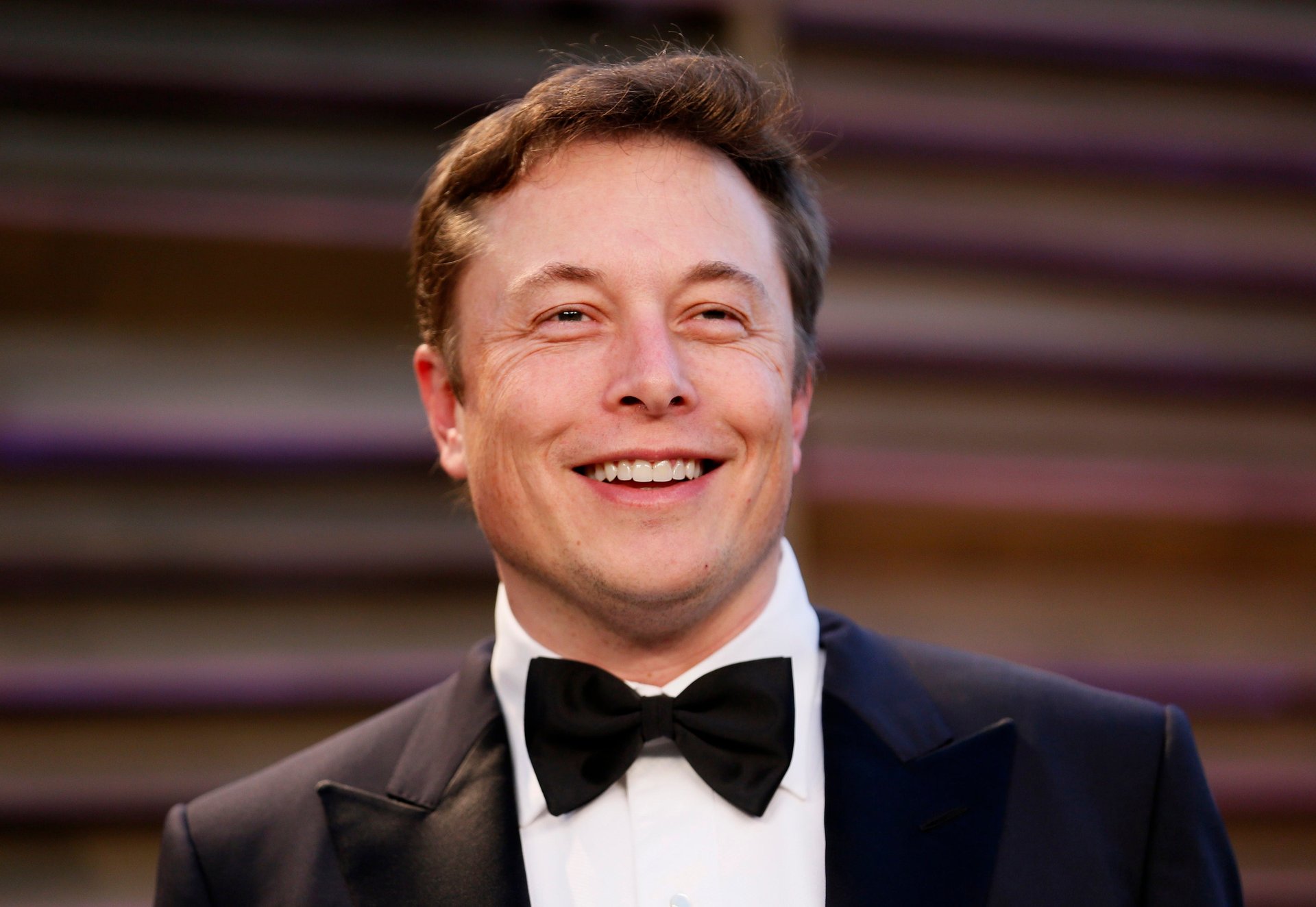In a move that could disrupt the global housing market, Elon Musk has officially unveiled the long-rumored Tesla Tiny House — a compact, solar-powered smart home priced at just $9,999. But this isn’t just about affordability. It’s about revolutionizing how we live, how we consume energy, and how communities are built from the ground up.
And yes — it’s now delivering, with no tax, free land, and one mysterious feature that Musk refuses to fully explain.

The Tesla Tiny House is more than a structure. It’s a statement. Designed with sustainability and autonomy in mind, each unit comes equipped with a solar-paneled roof, AI-powered smart interiors, and a modular layout that can be expanded or reconfigured based on the owner’s needs. The house is built to operate off-grid, with ultra-low utility bills thanks to Tesla’s integrated energy systems.
“This isn’t just a house,” Musk said during the reveal. “It’s a blueprint for the future — a future where people live smarter, cleaner, and freer.”
The announcement was made via a surprise livestream from a remote Tesla development site, where dozens of these tiny homes were already installed in a prototype community. The homes, sleek and minimalist, resemble futuristic cabins — but inside, they’re packed with cutting-edge tech. Voice-controlled lighting, adaptive climate systems, and even AI-assisted meal planning are part of the standard package.

But what truly shocked viewers was Musk’s confirmation that land is included. Through a partnership with private landowners and local governments, Tesla is offering plots of land in select regions — free of charge — to early adopters. The goal? To seed self-sustaining micro-communities that could eventually grow into full-fledged smart cities.
And then came the twist.
“There’s one feature we haven’t talked about yet,” Musk said, pausing. “It’s built into every unit. It’s not active yet. But when it is… you’ll understand why we kept it quiet.”
Speculation exploded online. Is it a hidden underground module? A teleportation prototype? A neural interface? Musk refused to elaborate, only saying that it’s “not dangerous, but extremely powerful.”

Social media went into overdrive. Hashtags like #TeslaTinyHouse, #MuskHousingRevolution, and #HiddenFeature trended globally within hours. Influencers, tech analysts, and futurists began dissecting every frame of the livestream, hoping to catch a glimpse of the mysterious component.
Meanwhile, pre-orders surged. Tesla’s website reportedly crashed twice due to overwhelming demand. With a price tag under $10,000, no taxes, and free land, the offer feels almost too good to be true — and yet, it’s real.
Industry experts are calling this Musk’s boldest move since the launch of the Model S. While Tesla has long been associated with electric vehicles and energy solutions, this pivot into housing signals a deeper ambition: to redesign the way humans inhabit the planet.
“We’ve spent decades building machines to move people,” Musk said. “Now it’s time to build places where people truly belong.”

The secret expansion plan, hinted at in internal documents, suggests that Tesla may be preparing to roll out entire neighborhoods — possibly even cities — based on the Tiny House model. These communities would be powered by solar grids, connected via Tesla infrastructure, and governed by decentralized AI systems.
And the hidden feature? Still a mystery.
But one thing is clear: Elon Musk isn’t just selling homes. He’s selling a vision. A future where housing is affordable, intelligent, and liberating. A future where technology serves humanity — not the other way around.
Whether you’re ready to move in or still trying to decode the mystery, one thing’s for sure: the revolution has begun.